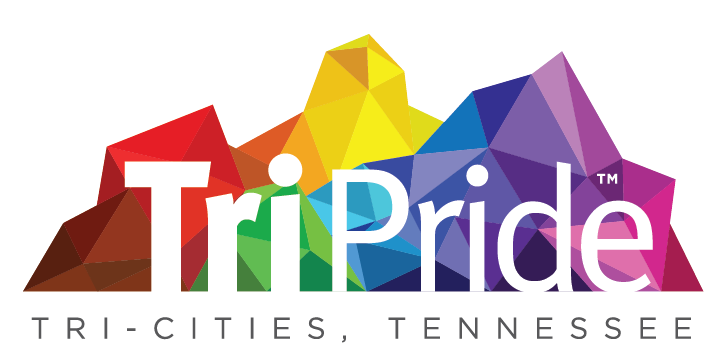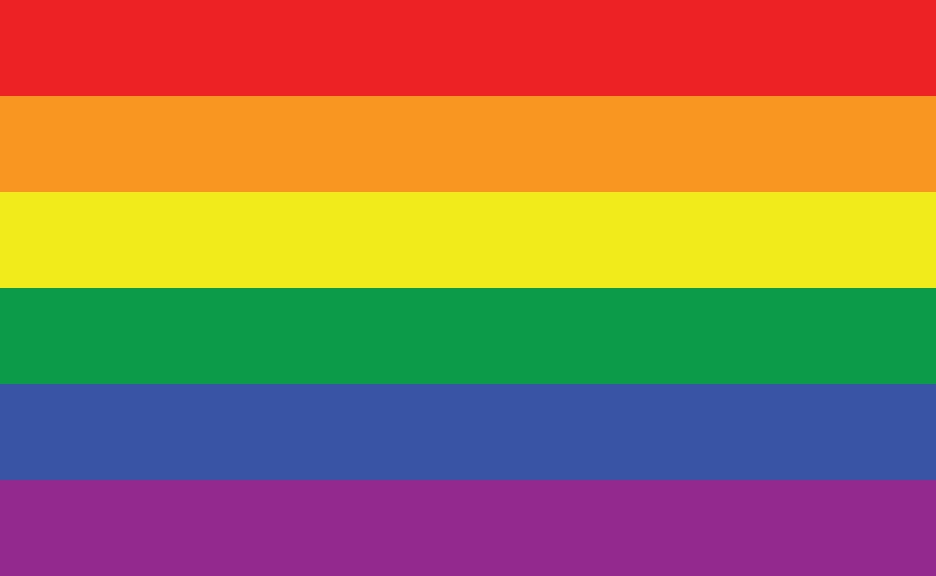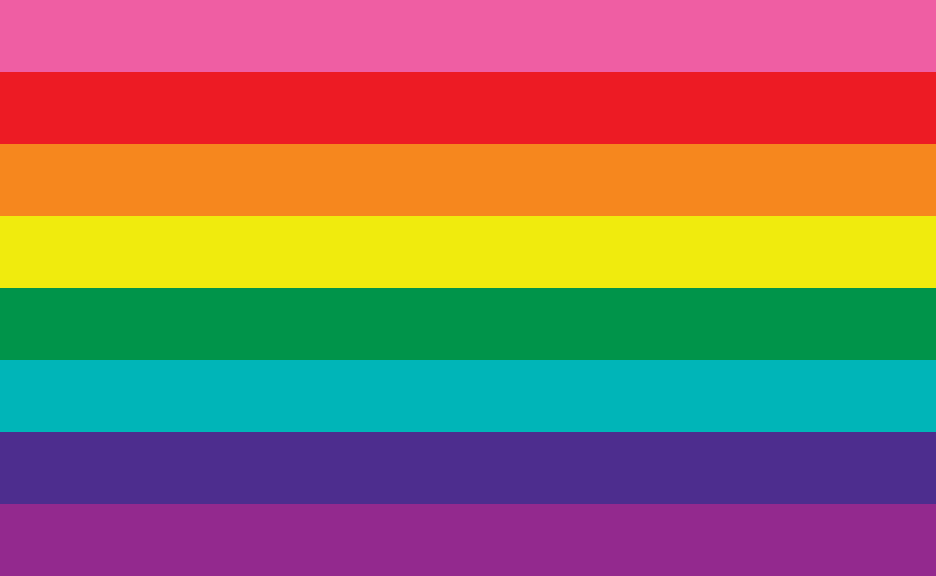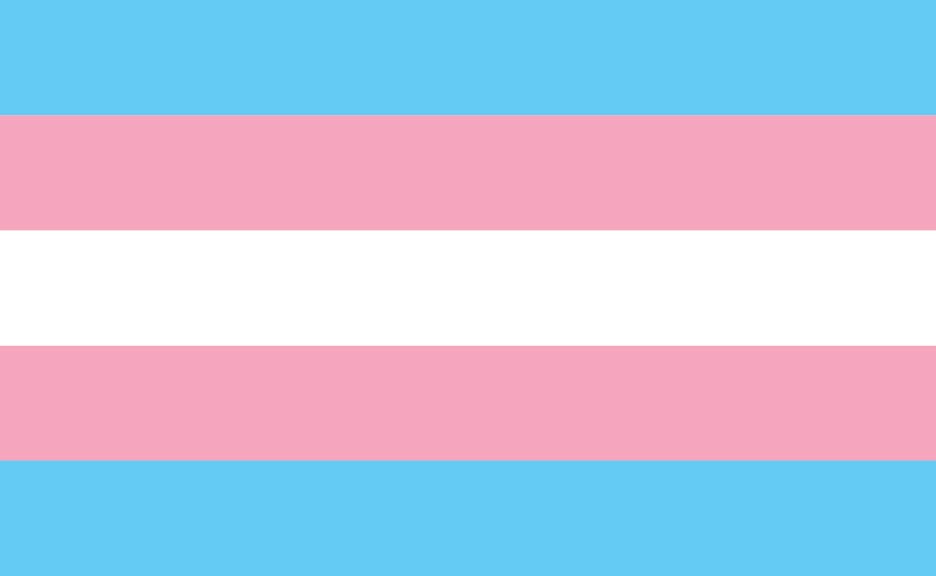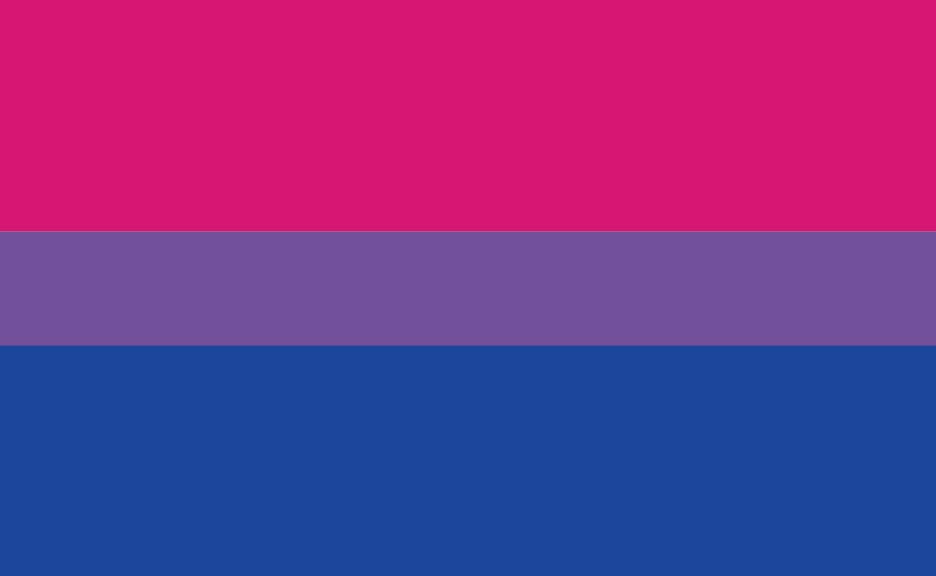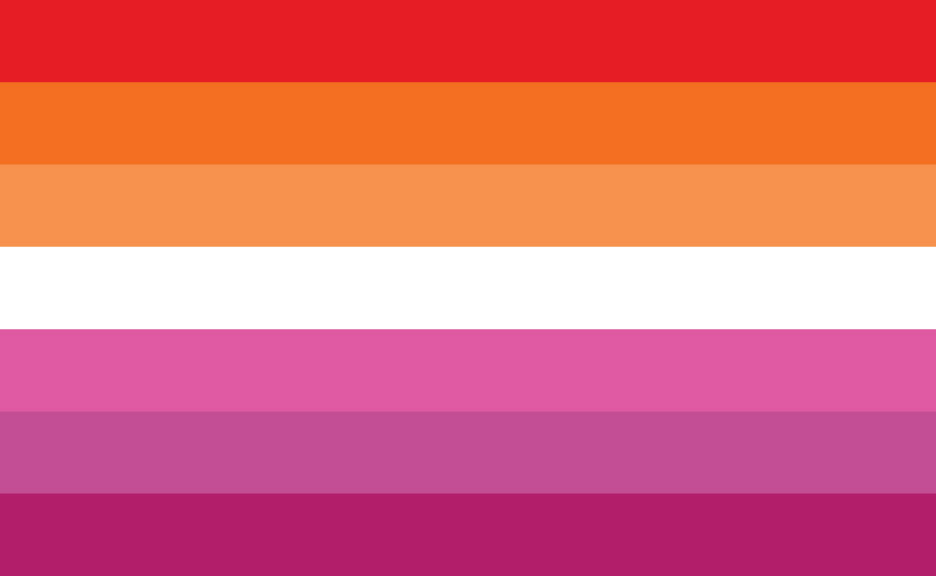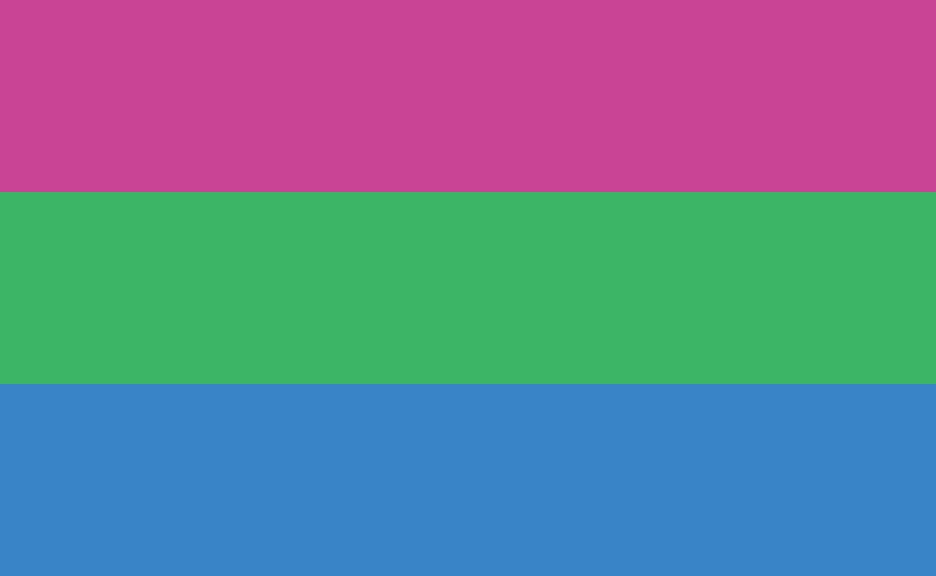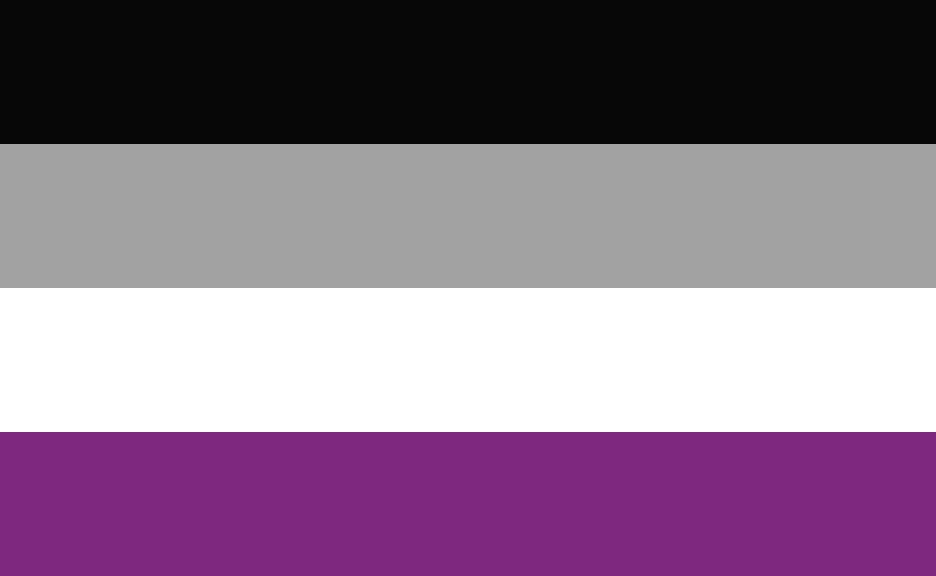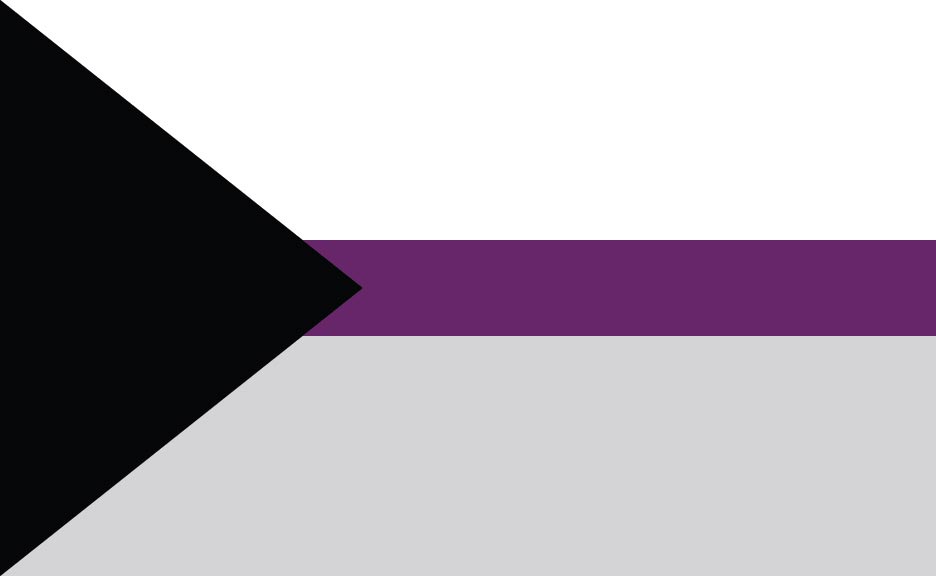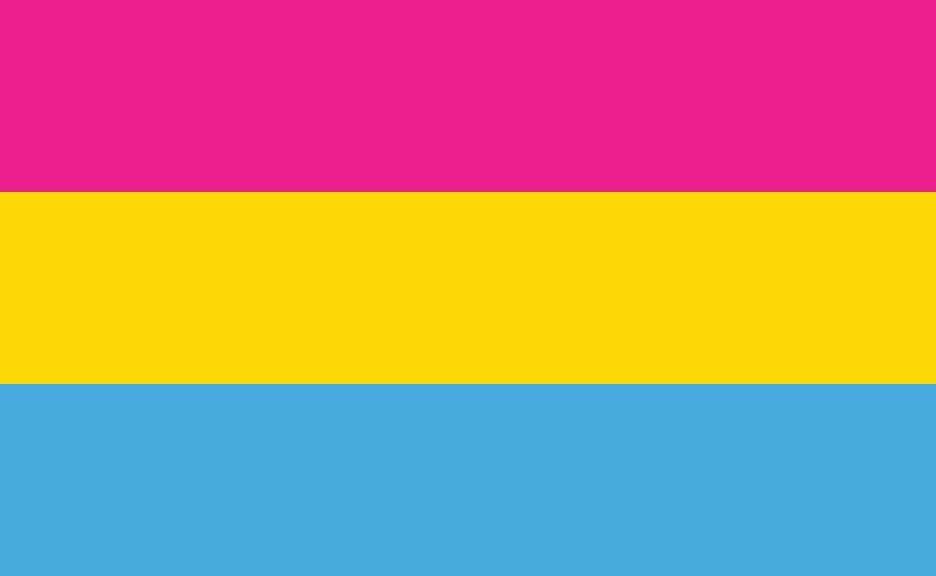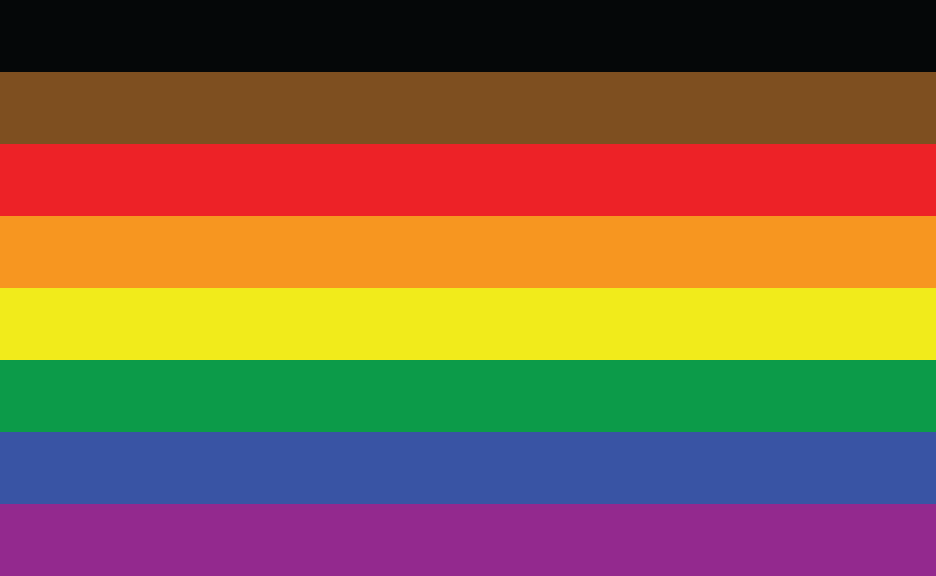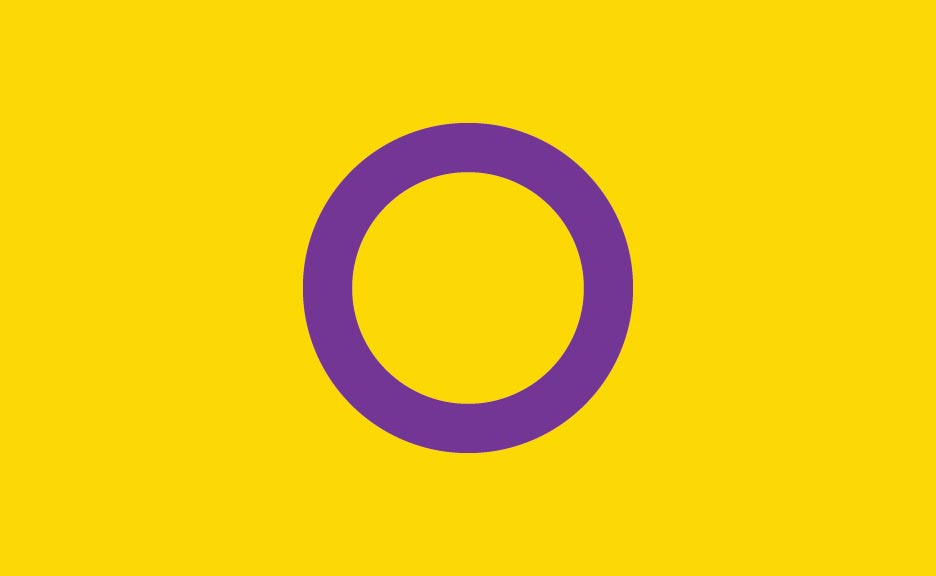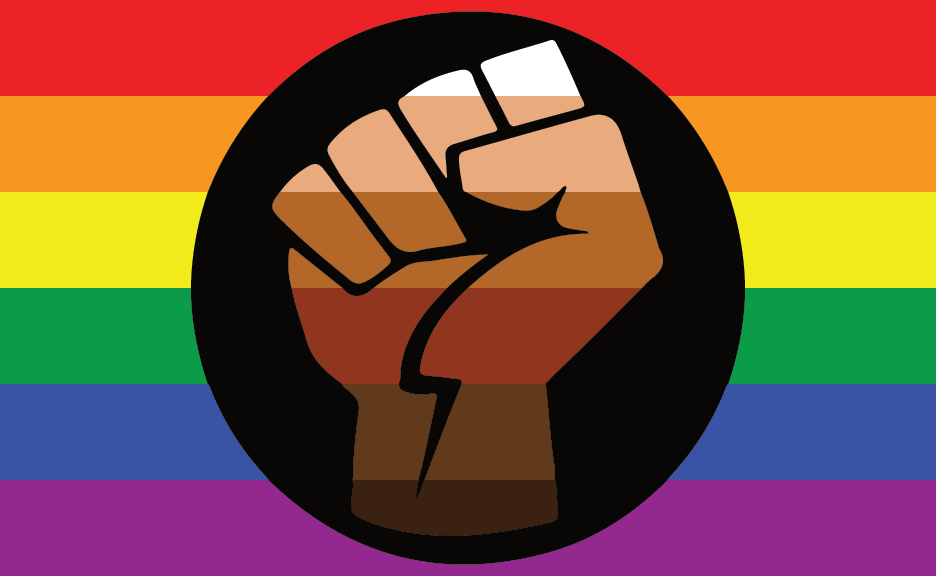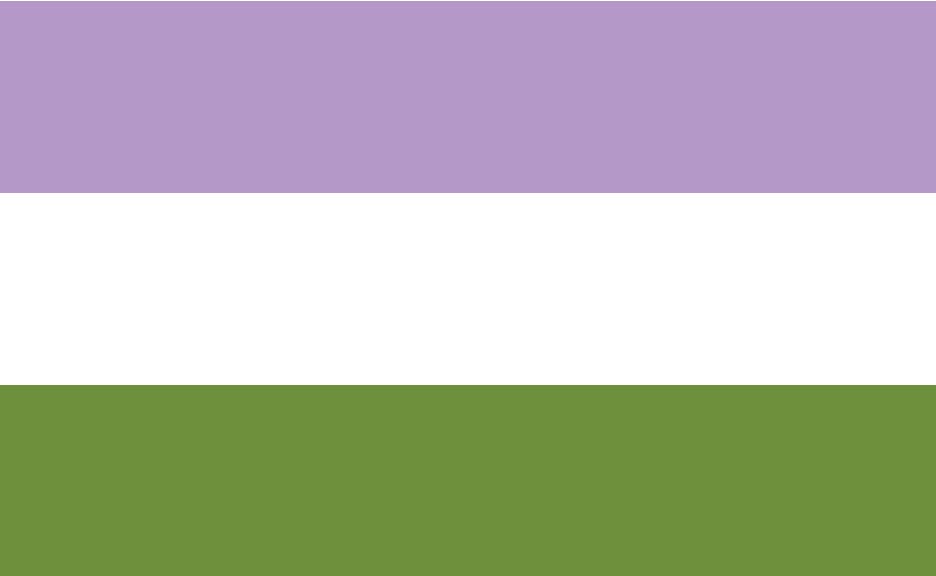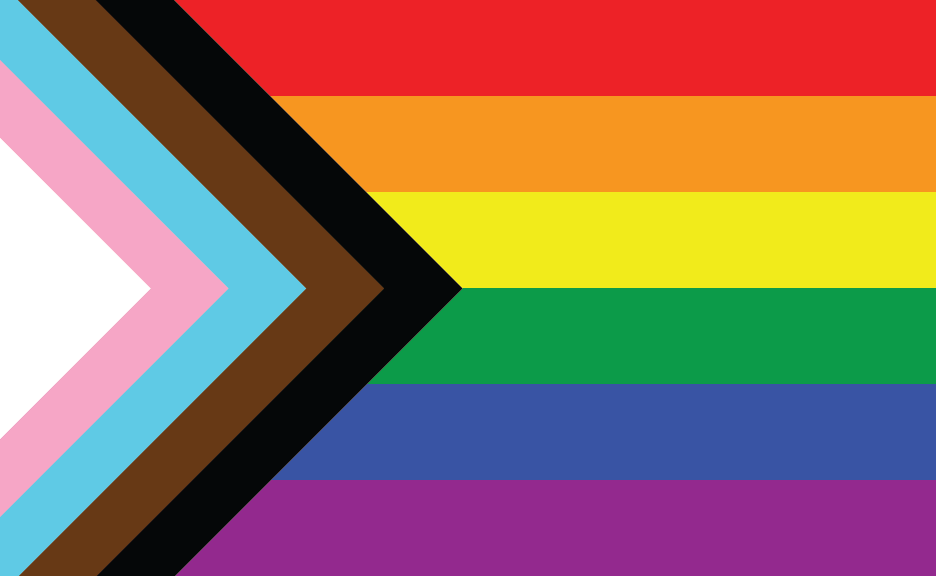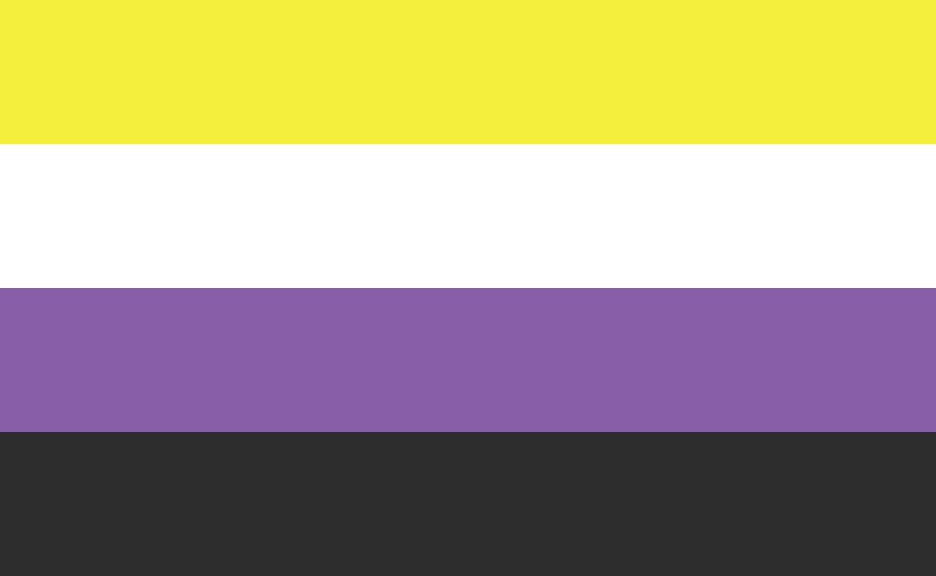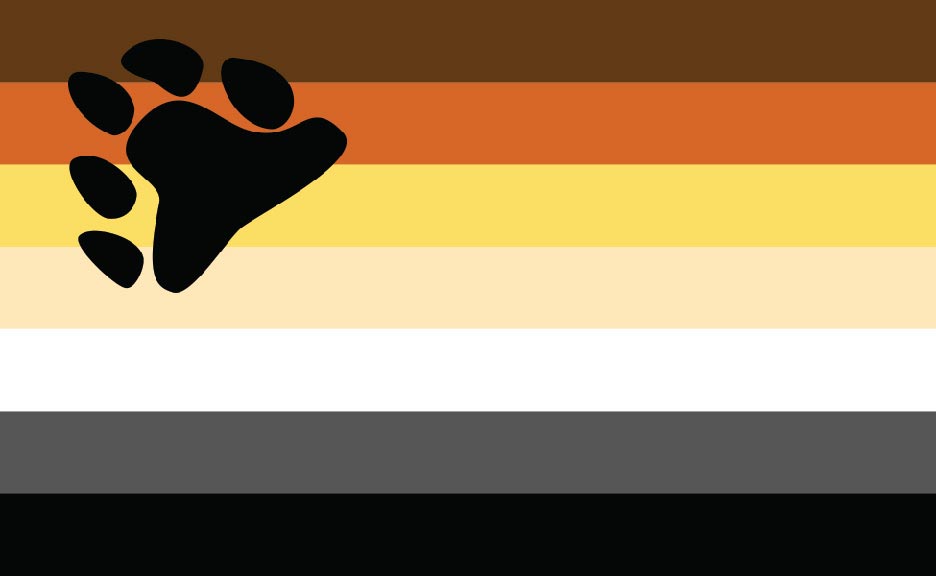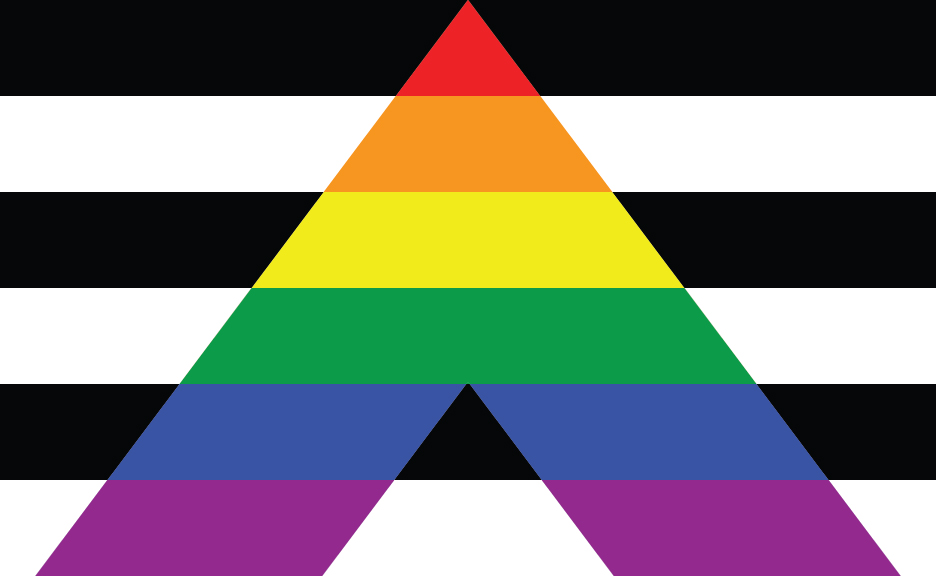Pride Flags
Since the original 8-striped Pride flag was debuted in 1978, there have been several variations, the most well-known and commonly used being the six-striped flag.
As our LGBTQ+ movement has become more inclusive and aware of itself, various segments have created their own flags to fly alongside the Pride flag. Below are additional flags you may or may not know.
Support Our Mission
TriPride TN is a registered 501(c)(3) non-profit. Any donation you are able to give is not only greatly appreciated and will be put to good use, but is also tax deductible. Your support allows us to continue to positively change our community and region.
Thank you!
6-Striped LGBTQ+ Pride Flag
The six-color flag version has been popular since 1979. It was derived from the original Pride flag, seen below. The rainbow flag is a symbol of LGBTQ+ pride and social movements, originally envisioned by Gilbert Baker. In 1974, Gilbert Baker met Harvey Milk, an influential gay leader, who three years later challenged Baker to come up with a symbol of pride for the gay community.
The Original LGBTQ+ Pride Flag
The original Pride flag with eight stripes, as designed by Gilbert Baker, was created in 1978 and flew publicly for the first time at the San Francisco Gay Freedom Day Parade celebration on June 25, 1978. Thirty volunteers hand-dyed and stitched the first two pride flags for the parade. The colors represent unique aspects of life, namely: pink for sex, red for life, orange for healing, yellow for sunlight, green for nature, turquoise for magic and art, indigo for serenity, and violet for spirit.
Transgender Pride Flag
The Transgender Pride Flag was created by American trans woman Monica Helms in 1999, and was first shown at a pride parade in Phoenix, Arizona, United States in 2000. According to its creator, “The stripes at the top and bottom are light blue, the traditional color for baby boys. The stripes next to them are pink, the traditional color for baby girls. The stripe in the middle is white, for those who are intersex, transitioning or consider themselves having a neutral or undefined gender. The pattern is such that no matter which way you fly it, it is always correct, signifying us finding correctness in our lives.”
Bisexual Pride Flag
The bisexual pride flag was designed by Michael Page in 1998 in order to give the bisexual community its own symbol comparable to the gay pride flag of the larger LGBT community. His aim was to increase the visibility of bisexuals, both among society as a whole and within the LGBT community.
Lesbian Pride Flag
The Lesbian Pride Flag, featuring seven different shades of pink, orange, white and red, is flown as the official lesbian flag. In some cases an older variant is flown, which features more red and pink in the stripes instead of orange. Sometimes, this red / pink variant features the addition of a lipstick mark in one corner and is flown to celebrate the subculture of Lipstick Lesbian, members of which stick to a ‘feminine’ image rather than taking a ‘butch’ one. This design became popular around 2018 and is one of several other designs.
Polysexual Pride Flag
The colors and design of the polysexual flag are based on the pansexual and bisexual pride flags, borrowing the pink and blue, and replacing the yellow and purple stripes with a green one. Polysexuality is a self-identifying term that is somewhat amorphous, as there is a wide variety of different people who use the term to describe themselves. Polysexual identity is related to gender identity and is used by some people who identify outside the binarist gender spectrum. People who refer to themselves as polysexual may be attracted to third gender people, two-spirit people, genderqueer people, or people who are intersex. However, polysexuality does not have to be the exclusive attraction towards non-binary genders or sexes, though it can be. People who identify as polysexual may still be attracted to one or both binary genders or sexes.
Asexual Pride Flag
The asexual pride flag consists of four horizontal stripes: black, grey, white, and purple from top to bottom. The black stripe represents asexuality, the grey stripe representing the grey-area between sexual and asexual, the white stripe sexuality, and the purple stripe community.
Demisexual Pride Flag
Similar but different to the asexual pride flag, the demisexual pride flag was created to specifically represent those with “a sexual orientation in which someone feels sexual attraction only to people with whom they have an emotional bond,” according to The Demisexuality Resource Center.
Pansexual Pride Flag
The pansexual pride flag was designed as a symbol for the pansexual community to use. The pansexual pride flag has been found on various internet sites since mid-2010. It is used to indicate that pansexuals have romantic attractions and relationships with people of different genders and sexualities.
Philly Pride Flag
In 2017, the City of Philadelphia, PA flew a new design of the pride flag that included two new stripes of black and brown color. Known today as the Philly Pride Flag, the flag is meant to highlight the need for purposeful inclusion black and indigenous people of color within the queer community. The queer community is not immune to the same racial prejudices seen in the broader American culture, and this flag acted as a countermeasure. The flag was not without controversy, as there were those that said the current six-striped flag already represented queer people of color, and queer people of all colors, and others suggested by adding black and brown, the design should have also included a white stripe.
Intersex Pride Flag
The Intersex flag was created in July 2013 by Intersex Human Rights Australia (then known as Organisation Intersex International Australia) to create a flag “that is not derivative, but is yet firmly grounded in meaning”. The circle is described as “unbroken and unornamented, symbolizing wholeness and completeness, and our potentialities. We are still fighting for bodily autonomy and genital integrity, and this symbolizes the right to be who and how we want to be.”
QPOC Pride Flag
Though it may have been used before, 2020 saw the display of the QPOC Pride Flag rise in popularity in the broader queer community as a sign of solidarity with Black Lives Matter demonstrations seen across the country and world. The flag represents queer people of color (QPOC) and how the black community and the queer community are often woven together, both currently and in the earliest days of the Queer Liberation Movement (see Marsha P. Johnson, the black drag queen thought to have thrown the first brick at the Stonewall Inn Riots). Historically, the raised fist has served as an emblem of solidarity and support as well as an expression of unity, strength, defiance, and resistance. The raised fist was added to the six-striped flag and includes various shades of brown and a white stripe to represent the various colors of the “human rainbow.” The flag’s use has mostly been in the digital sphere, but it was flown at the 2019 San Francisco Pride. TriPride has not discovered the original creator.
Genderqueer Pride Flag
The Genderqueer flag was designed by Marilyn Roxie with input from the readers of Genderqueer Identities in June 2011. Lavender represents androgyny or simply queerness, white represents agender identity, and green represents those whose identities which are defined outside the binary.
Progress Pride Flag
In 2018, the Pride flag saw another variation in its design known as the Progress Pride Flag, created by Daniel Quasar to be more inclusive. Overlaying the traditional six-striped rainbow flag is a chevron design that has the black and brown stripes from the Philly Pride flag, as well as white, pink, and blue from the Trans Pride flag.
Nonbinary Pride Flag
Kye Rowan designed the nonbinary flag in 2014. This flag was intended to go alongside Marilyn Roxie’s genderqueer flag rather than replace it. The flag consists of four stripes. Yellow represents those whose gender exists outside of and without reference to the binary, as yellow is often used to distinguish something as its own. White represents those who have many or all genders, as white is the photological presence of color and/or light. The purple stripe represents those who feel their gender is between or a mix of female and male, as purple is the mix of traditional boy and girl colors. The purple could also be seen as representing the fluidity and uniqueness of nonbinary people. The final black stripe represents those who feel they are without gender, as black is the photological absence of color and/or light.” The nonbinary flag and the genderqueer flag are both options for nonbinary people to use to symbolize themselves and take different approaches to how to symbolize nonbinary genders.
Bear Pride Flag
The International Bear Brotherhood Flag was designed to represent the bear subculture within the LGBT community. Craig Byrnes created the Bear pride flag in 1995. The colors of the flag are meant to include the colors of the furs of animal bears throughout the world, not necessarily referring to human skin and hair color tones: Dark brown, orange/rust, golden yellow, tan, white, gray, and black. The flag was designed with inclusion in mind. The gay bear culture celebrates secondary sex characteristics such as growth of body hair and facial hair, which is typically considered a “bear” trait.
Straight Ally Pride Flag
Straight allies are heterosexual and/or cisgender people who support equal civil rights, gender equality, LGBTQA+ social movements, and challenges homophobia, biphobia, transphobia, and any discrimination against the LGBTQA+ community. The black and white stripes are thought to symbolize the yin and yang of female and male, while the dominant rainbow chevron represents the letter “A” for ally. The Straight Ally Pride Flag was created sometime in the late 2000’s, though the specific creator or date is unknown.
